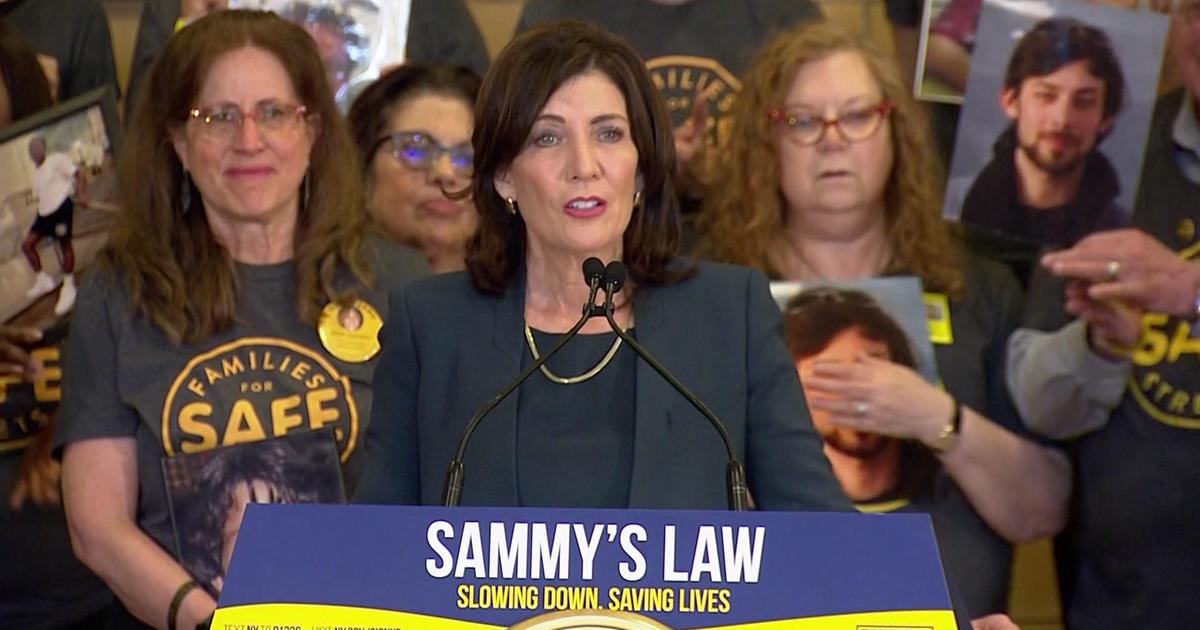College Affordability: Know Your Federal Student Loan Repayment Options
In 2013, the median weekly earnings of a worker with a bachelor’s degree was $1,108. Compare this to the worker with only a high school diploma whose median weekly earnings were $651. It is for this reason student loan debt is generally considered a “good debt” that will repay many times over the cost of financing.
More than 70 percent of undergraduate college students take out student loans to help with college costs. As tuitions rise, so does the size of these loans. Borrowers, on average, graduate with debts of $25,550 to $40,000 depending on the type of college they attend. The majority of this debt, 80 percent, is in federal loans. The U.S. Department of Education offers several different repayment plans to ease the burden of loan payments for new graduates as they work to establish their careers.
The Standard Plan
Six months after a borrower is no longer enrolled in college, the first student loan payment is due. This grace period may be extended an additional three years for those on active duty in the military. Most student loans are initially set up on the standard repayment plan, but a borrower may change plans at any time. Payments in a standard plan are set at a fixed amount for up to 10 years, with the minimum payment set at $50. With the standard plan, the borrower will pay the least amount of interest over the life of the loan when compared with the other repayment options.
Graduated repayment plan
For the new graduate who is still looking for work or has begun in a low-paying, entry-level position, making monthly student loan payments under the standard plan may create financial hardships. For borrowers with limited income who expect their income to increase over time, the graduated repayment plan may be a good option. Rather than paying equal monthly payments throughout the life of the loan, payments begin smaller, and increase every two years. Like the standard repayment plan, these loans have a maximum repayment period of 10 years. This option may prevent borrowers from going into default early on. The downside of a graduated repayment plan is that borrowers will pay more in total interest costs over the life of the loan.
Extended repayment plan
This option is available to borrowers who have no federal loan debt prior to Oct. 7, 1998 and have outstanding student loan debt of $30,000 or more. Borrowers may extend the loan repayment period up to 25 years. This will reduce the monthly payment — many borrowers will pay interest-only for the first few years. However, with this option, the total amount of interest paid over the life of the loan increases making it a more costly option in the end.
Income-based plan
Payments under this option are based on income, family size and state of residence. To be eligible, the borrower must demonstrate partial financial hardship. A borrower has partial financial hardship when total annual student loan payments exceed 15 percent of discretionary income. Discretionary income is the difference between a borrower’s income and 150 percent of the federal poverty level for household size.
Under this repayment plan, payments are set at 15 percent of discretionary income, and adjusted each year. If payments calculated under this plan are greater than those a borrower would pay under the standard 10-year plan, the borrower would pay the lower amount. The repayment period for those who took out loans prior to July 1, 2014 is 25 years. For new borrowers, those who took out loans after July 1, 2014, the repayment period is 20 years. Any loan balance remaining after the equivalent of 25 years in payments has been made will be forgiven.
Pay-As-You-Earn plan
The Pay-As-You-Earn plan is similar to the income-based plan with these differences: Partial Financial Hardship is defined as having total annual loan payments in excess of 10 percent of discretionary income, payments are capped at 10 percent of discretionary income, and the repayment period is 20 years. If loans are not paid in full after the borrower has made the equivalent of 20 years of payments, the balance is forgiven.
An additional qualification of the Pay-As-You-Earn plan requires that students are new borrowers as of Oct. 1, 2007. The student must have received a loan disbursement on or after Oct. 1, 2011. In June 2014, President Obama issued a memorandum requesting the Pay-As-You-Go option be expanded to include borrowers with pre-2007 loans. The Secretary of Education is expected to make this option available by the end of 2015.
Student loan consolidation
Borrowers with multiple federal loans may consolidate their loans so that they only need to make one payment a month. The interest rate on the new loan is the weighted average of all outstanding loans. The repayment period of the new loan may be extended as long as 30 years, resulting in a payment smaller than the total of current loan payments. If a borrower chooses to extend the life of the loan, total loan cost will be greater with an increase in interest paid.
Many federal student loans issued prior to March 2010 are serviced by private lending institutions. Borrowers may benefit from private servers who offer principal rebates or discounts on interest rates. These benefits will be lost should a borrower consolidate loans into one in which payment is made directly to the Department of Education. Borrowers unsure which repayment plan would best for their situation may try out different scenarios using the Department of Education’s online Repayment Estimator tool.
Gillian Burdett is a freelance writer covering all things home and living. Her work can be found on Examiner.com.




